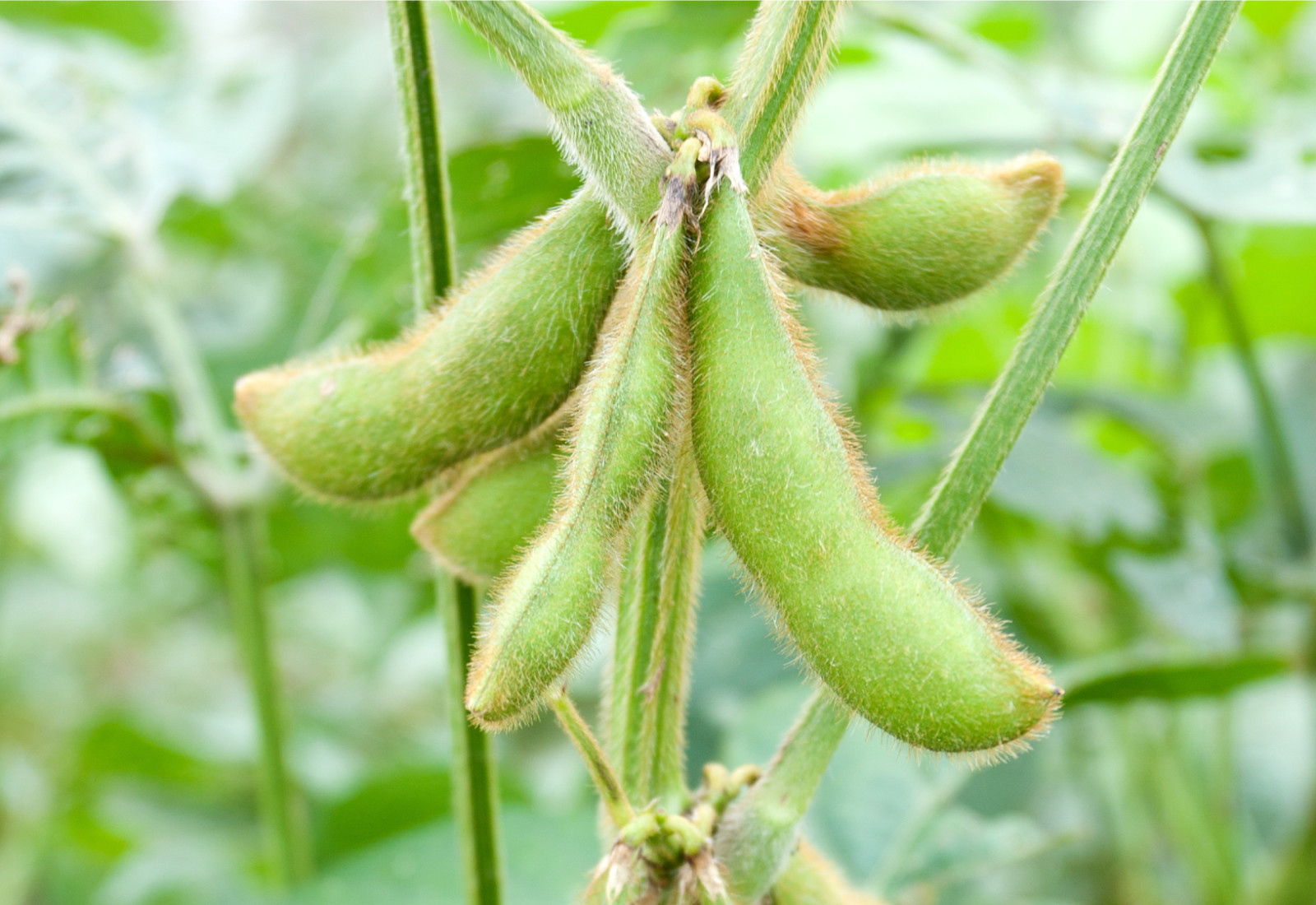The Benefits of Growing Soybeans

By Ron Friesen
Now that soybeans have become an established crop in Manitoba, how do they fit into the rotation?
That’s the question growers need to ask themselves as they prepare for another season of what has become Manitoba’s third largest crop in just a few years, analysts say.
Even in Saskatchewan and Alberta, where soybeans are an emerging crop, having them in a regular rotation is still important, says Tyler Russell, Western Canadian manager for NorthStar Genetics.
“Farmers are looking for another crop to rotate with their canola and wheat. They’re also looking for a cash crop to diversify their grain marketing portfolio,” Russell says.
“If you’re on a current two-year rotation, can you make it three? If you’re on a current three year rotation, can you make it four? We shouldn’t ever get into a spot where we’re having only one or two crops that we’re rotating.”
Russell lists several reasons for growing soybeans in rotation: they add agronomic value, they’re a risk management tool, they diversify producers’ grain marketing portfolios, and they help improve time management on the farm.
One agronomic benefit is that soybeans provide options for disease control. A big concern for canola growers these days is clubroot, identified in Saskatchewan and gradually advancing into Manitoba. Russell says persistence of clubroot spores in the soil can be “dramatically reduced” when soybeans are included in a four-year rotation, thus minimizing the impact of the disease. Blackleg is also on the rise.
Nearly all varieties grown in Manitoba are glyphosate-resistant, soybeans can be used to clean up weed infestations in fields. Soybeans also have few insect concerns compared to other crops.
Russell says, research shows that crops grown the year after soybeans often yield better because soybeans’ long taproots open up the soil, break it down, and improve soil tilth for the next crop.
Another advantage, since soybeans have the ability to fix the majority of their Nitrogen fertilizer requirements, is that the cost of growing soybeans doesn’t increase dramatically with the fluctuation in N fertilizer prices. Soybeans require fewer inputs than other crops as nitrogen fertilizer, insecticides, desicants, and fungicides are not required. Thus, after ensuring proper planting and spraying for in crop weeds, the grower is free until harvest and has less variables that can affect his bottom line.
Soybeans are a cash crop for global markets eager to buy them. They do not need to be stored in bins until there’s a demand for them, says Russell. They are a globally demanded crop year after year, and sometimes, producers can sell soybeans straight off the combine.
Even with early maturing varieties, soybeans are generally a later harvested crop usually combined after other crops are off the field. As a result, they help spread out the farm workload, says Russell. Because they are harvested in September or even later, farmers can deal with wheat, canola, and other crops first. Soybeans can wait. Even if it rains or snows before the combine gets to them, soybeans usually do not lose quality in poor weather. However, soybeans also dry down much quicker than other crops once they have matured. So in the event unwelcomed moisture grinds the harvest to a halt, farmers can often start harvesting their soybeans quicker than other crops. Soybeans are a great harvest management tool.
“They can stay out in the field as long as they’re physically mature, go through the rain and the snow and not get downgraded,” Russell says.
Soybeans can also serve as a balancing act between different crops. Dennis Lange, Manitoba Agriculture’s provincial pulse specialist, says soybeans often do better than wheat and canola in wet years because they are more able to withstand moist conditions. That was the case during the wet summer of 2016. Conversely, if summer is dry, as it was in 2018, soybean yields may suffer. But wheat and canola did surprisingly well this past summer despite dry conditions, so they compensated for lower soybean yields.
Lange agrees adding soybeans to the rotation is important and recommends including them every three or four years. “We can’t just be growing wheat/wheat/wheat or canola/wheat. We need to have other crops in there.”
Lange warns against growing soybeans too often because they are subject to seedling diseases such as pythium and rhizoctonia, which can also affect canola.
“At least spread it out a bit so you’re not going every second year.”
Russell predicts that, as soybeans continue to spread and become standard in crop rotations, their future is assured, especially as more early maturing varieties become available.
“We’re unlocking the number of areas where we can grow soybeans efficiently and with minimal risk in Western Canada.” This will help farmers ensure a sustainable and profitable rotation on their farms.



